Starting Your Membership Website
Understand the concept: A membership website is a website that provides exclusive access to specific content to its members. This content can include video courses, educational materials, premium articles, and more. Members gain access to the secured content by subscribing or making recurring payments.
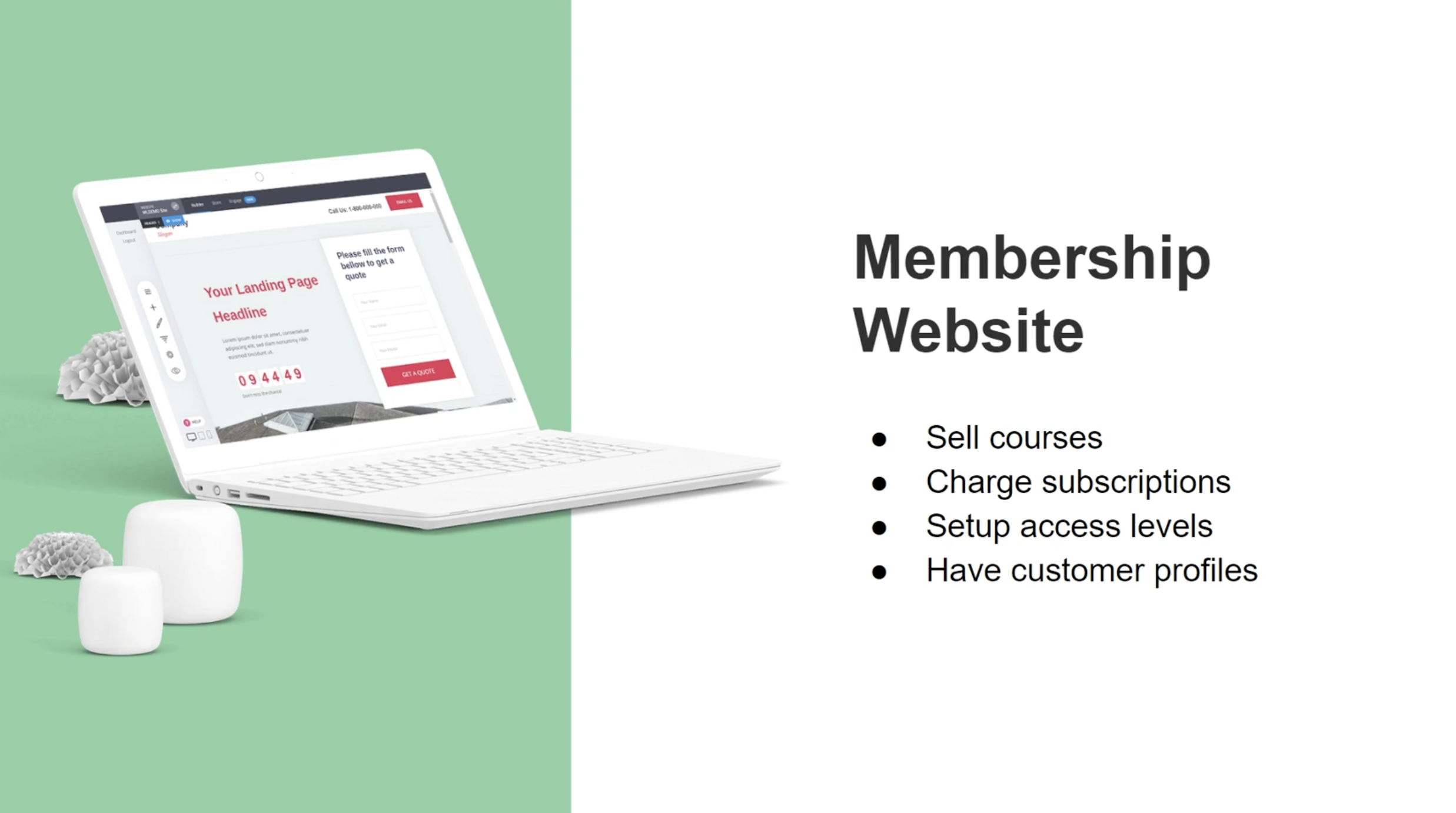
2. Determine your content: Decide what type of content you want to offer on your membership website. It can be video courses, e-books, webinars, downloadable resources, or a combination of these.
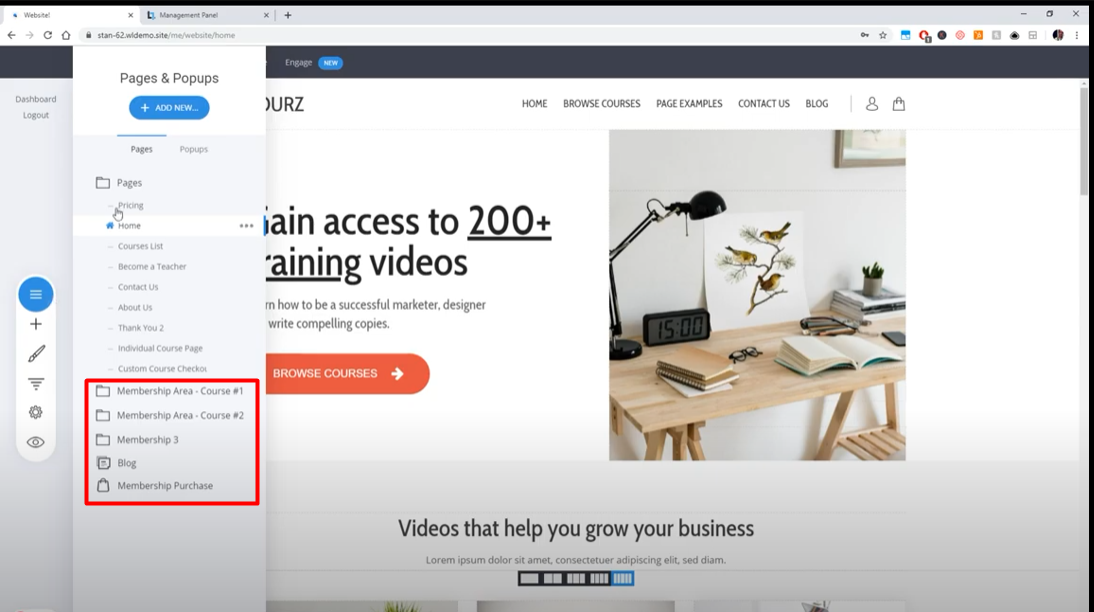
3. Set up access levels: Define different access levels for your members. For example, you may have a basic membership level that grants access to a limited set of content, and a premium level that offers full access to all content. Determine the features and benefits associated with each access level.
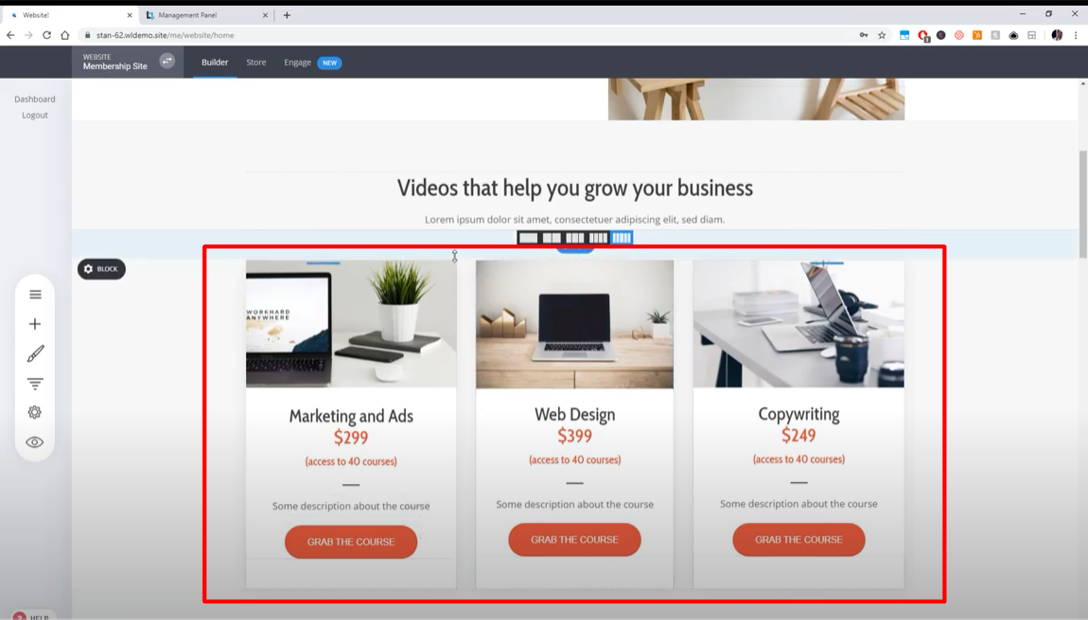
4. Create customer profiles: Set up a system to manage customer profiles and track their access to content. This can be done through a user management plugin or built-in features of your chosen platform.
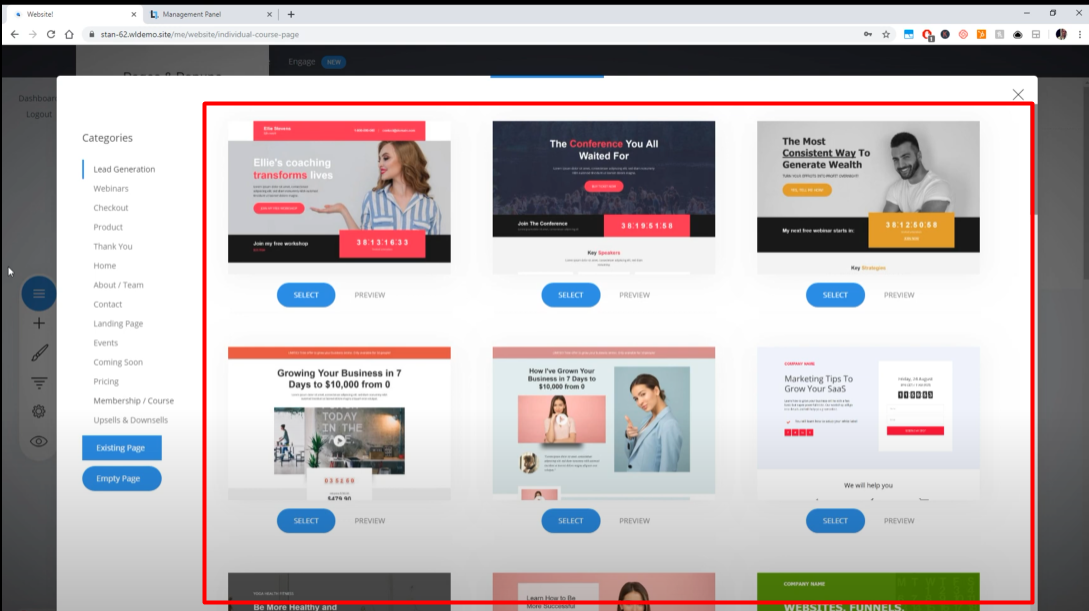
5. Build your course pages: If you are offering courses, create dedicated pages for each course. Include details about the course, such as the curriculum, video lessons, downloadable resources, and any other relevant information. You can use pre-designed templates provided by your platform or customize the pages according to your preferences.
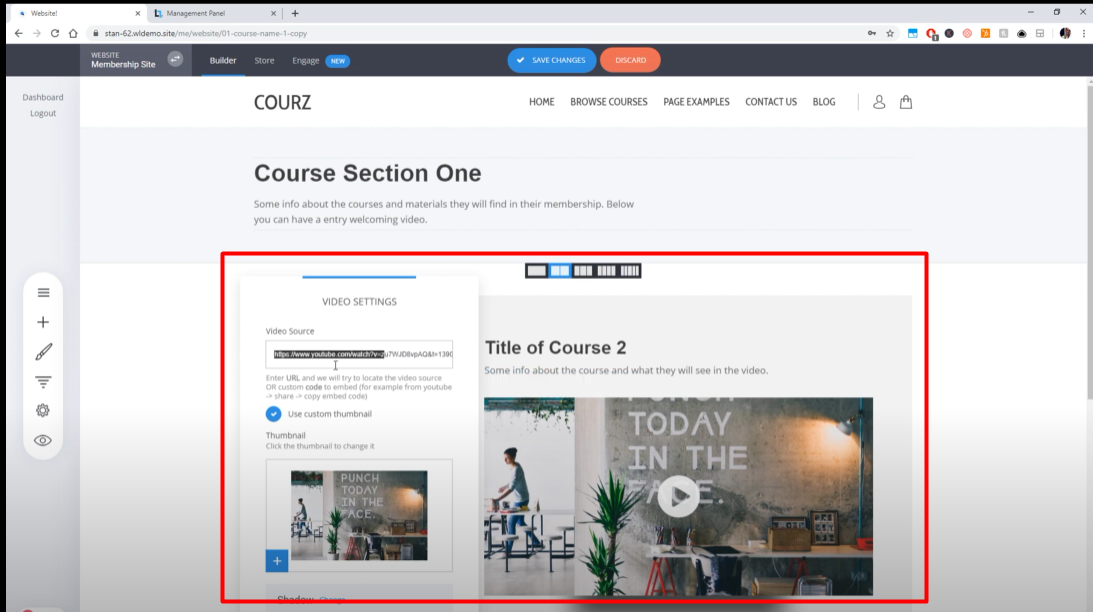
6. Set up payment options: Determine the payment methods you want to accept, such as credit cards, PayPal, or other online payment gateways. Set up the payment integration on your website to handle transactions securely.

7. Offer subscription options: Decide whether you want to offer subscription-based access or one-time payments for specific courses or content. Determine the pricing structure, including recurring subscription fees, and set up the necessary payment options.

8. Upselling and promotions: Explore ways to increase your revenue by upselling additional courses or products to your members. For example, you can offer discounted bundles or recommend related courses to enhance their learning experience.

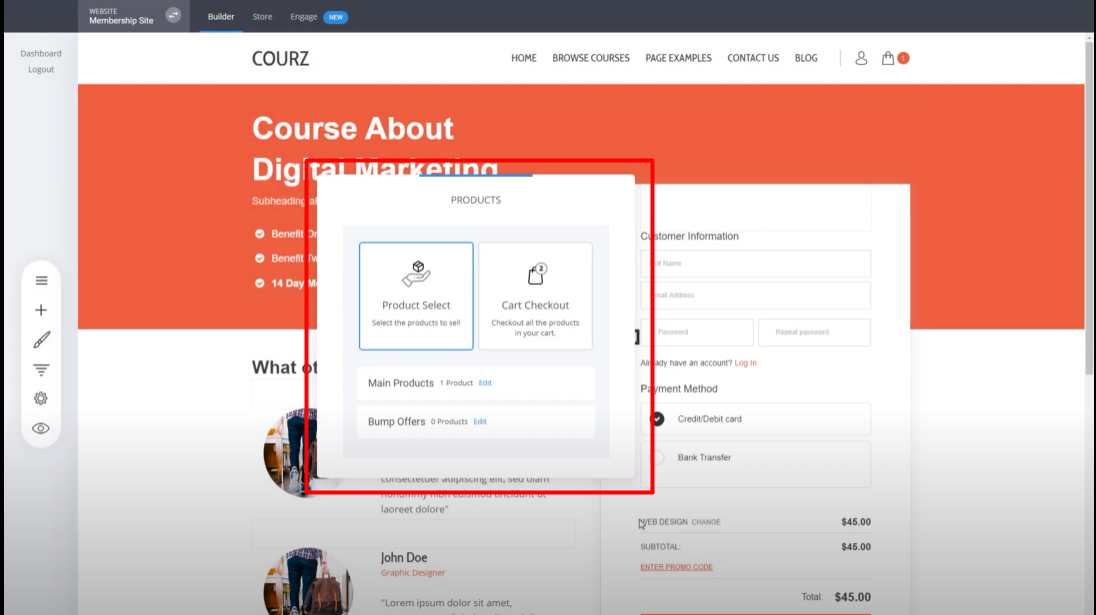
9. Design your website: Customize the overall design of your membership website to create an appealing and user-friendly interface. Consider using templates or themes provided by your platform to simplify the design process.
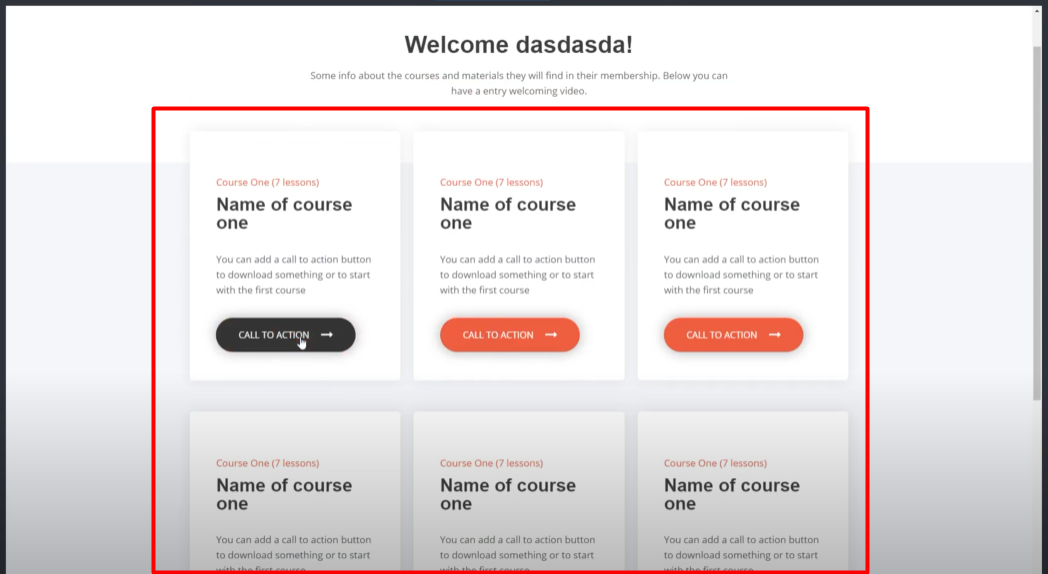
10. Create a member dashboard: Set up a dedicated member dashboard where users can access their purchased content, track their progress, and manage their account details. This dashboard should provide an organized and intuitive user experience.

11. Test and optimize: Before launching your membership website, thoroughly test all the functionalities, payment processes, and user experience. Optimize your website based on user feedback and make necessary adjustments to improve the overall membership experience.
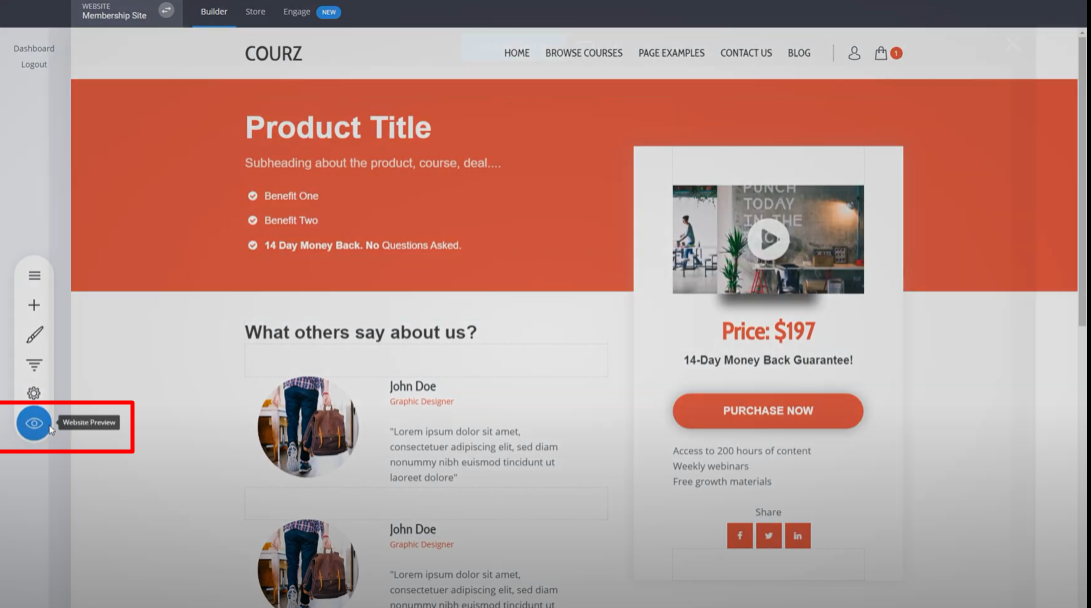
12. Market your membership website: Once your website is ready, develop a marketing strategy to attract potential members. Utilize various channels such as social media, email marketing, content marketing, and advertising to promote your membership offerings.
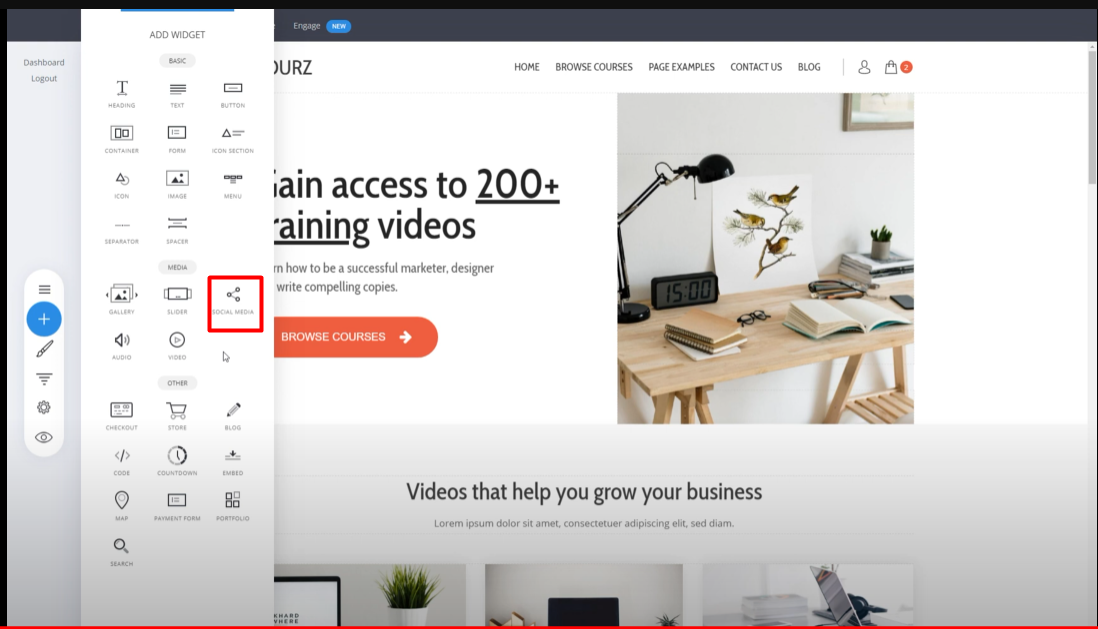
14. Provide customer support: Establish a system to provide customer support to your members. This can include email support, live chat, a knowledge base, or a community forum where members can interact and seek assistance.